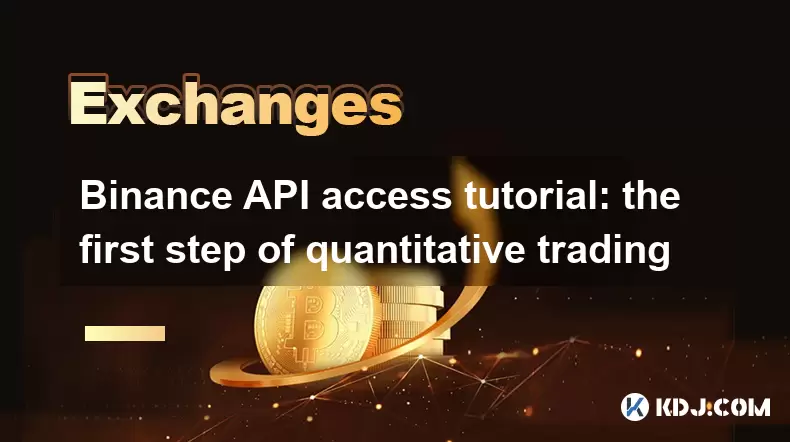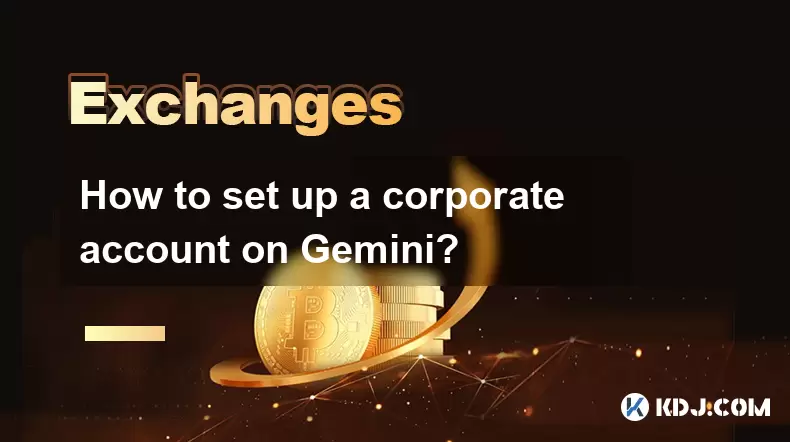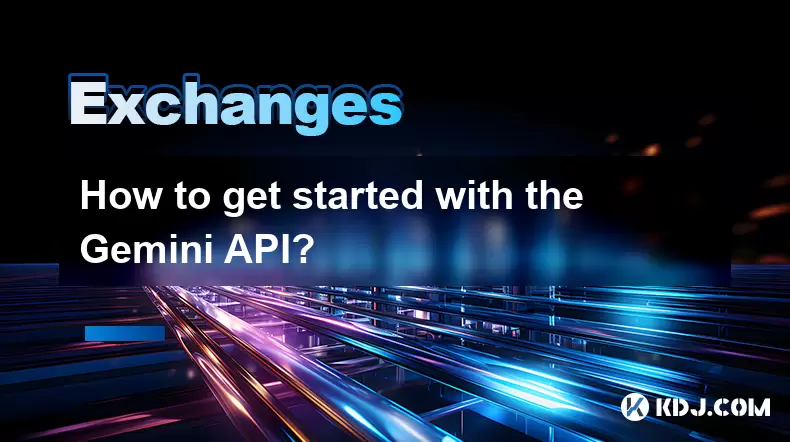-
 Bitcoin
Bitcoin $115000
0.12% -
 Ethereum
Ethereum $3701
4.50% -
 XRP
XRP $3.081
2.99% -
 Tether USDt
Tether USDt $0.0000
-0.01% -
 BNB
BNB $767.9
1.45% -
 Solana
Solana $169.5
3.13% -
 USDC
USDC $0.9999
0.01% -
 Dogecoin
Dogecoin $0.2106
4.30% -
 TRON
TRON $0.3334
1.62% -
 Cardano
Cardano $0.7564
2.54% -
 Stellar
Stellar $0.4165
0.76% -
 Hyperliquid
Hyperliquid $38.75
0.25% -
 Sui
Sui $3.593
3.00% -
 Chainlink
Chainlink $17.08
3.59% -
 Bitcoin Cash
Bitcoin Cash $573.6
4.35% -
 Hedera
Hedera $0.2508
-0.84% -
 Avalanche
Avalanche $23.07
6.46% -
 Ethena USDe
Ethena USDe $1.001
-0.02% -
 Litecoin
Litecoin $120.8
8.17% -
 UNUS SED LEO
UNUS SED LEO $8.943
-0.32% -
 Toncoin
Toncoin $3.400
-5.60% -
 Shiba Inu
Shiba Inu $0.00001255
1.54% -
 Uniswap
Uniswap $9.908
6.32% -
 Polkadot
Polkadot $3.718
2.10% -
 Monero
Monero $303.0
-0.74% -
 Dai
Dai $0.9999
-0.02% -
 Bitget Token
Bitget Token $4.392
0.91% -
 Cronos
Cronos $0.1403
6.31% -
 Pepe
Pepe $0.00001076
1.13% -
 Aave
Aave $267.2
1.80%
Binance API access tutorial: the first step of quantitative trading
The Binance API enables automated trading by connecting your algorithm to the exchange, allowing real-time data retrieval and trade execution.
Jun 10, 2025 at 01:42 am

What is Binance API and why do you need it for quantitative trading?
To begin your journey in quantitative trading on the Binance platform, the first essential step is to obtain API access. The Binance API serves as a bridge between your trading algorithm or bot and the exchange itself. It allows you to programmatically retrieve market data, place trades, and manage your account without manual intervention.
For those new to this concept, an Application Programming Interface (API) enables different software systems to communicate with each other. In the context of cryptocurrency trading, APIs allow developers to interact with Binance's servers via HTTP requests. This opens up possibilities for automated trading strategies, real-time monitoring, and advanced analytics.
One key reason to use the Binance API is its support for spot trading, futures trading, and even margin trading, depending on the permissions granted during API key creation. Understanding how to set up and secure these keys is crucial before diving into actual trading.
How to create a Binance API key
The process of creating an API key on Binance is straightforward but must be handled carefully to avoid security risks. Here’s how to generate one:
Log in to your Binance account
Make sure you're using the official website and have enabled two-factor authentication (2FA) for added security.Navigate to the API Management section
Under the "User Center" or "Profile" menu, locate the API Management option. Clicking it will take you to the API settings page.Click “Create API”
You'll be prompted to enter a label for the API key (e.g., “Trading Bot”) and confirm your identity through email or 2FA verification.Enable necessary permissions
During creation, you can choose whether to enable Spot Trading, Futures Trading, or both. You may also restrict IP addresses for enhanced security.
After successfully generating the API key and secret, store them securely—preferably in an encrypted file or password manager. Never expose them publicly, especially when sharing code or posting online.
Understanding API key permissions and limitations
Each Binance API key comes with specific permissions that define what actions your program can perform. These include:
- Read-only access: Allows fetching market data, account balances, and order history.
- Trade permission: Enables placing and canceling orders.
- Withdrawal permission: Grants the ability to transfer funds off the exchange—this should be used sparingly and only if absolutely necessary.
It's strongly recommended to disable withdrawal permissions unless you are fully confident in your system's security. Many traders opt for read + trade permissions only to minimize risk exposure.
Additionally, Binance imposes rate limits on API usage to prevent abuse and ensure fair access. These limits vary depending on the type of request and your account tier. For example, spot market data queries might be limited to 1,200 per minute, while futures trade operations could have stricter restrictions.
Exceeding these limits can result in temporary bans or errors like 429 Too Many Requests. Therefore, it's important to design your strategy with efficient API calls and implement proper error handling mechanisms.
Connecting to Binance API using Python
Once your API key is ready, the next step is to integrate it into your trading environment. One of the most popular tools for this purpose is Python, often used alongside libraries such as ccxt or python-binance.
Here’s a basic setup using ccxt:
Install the ccxt library
Run the following command in your terminal:pip install ccxtImport the library and initialize Binance
import ccxt
exchange = ccxt.binance({'apiKey': 'YOUR_API_KEY', 'secret': 'YOUR_SECRET_KEY',})
Fetch market data
To get the latest price of Bitcoin:ticker = exchange.fetch_ticker('BTC/USDT')
print(ticker['last'])
This simple script demonstrates how to connect and fetch real-time data. More complex functions like placing limit orders or checking open positions can be achieved by exploring the full range of methods available in the ccxt documentation.
Best practices for securing your Binance API credentials
Security is paramount when dealing with cryptocurrency trading APIs. A single compromised key can lead to significant financial loss. Here are some best practices to follow:
Store API keys in environment variables
Avoid hardcoding keys directly in your scripts. Use.envfiles or OS-level environment variables instead.Use restricted IPs
When generating the API key, bind it to specific IP addresses. This prevents unauthorized access from unknown locations.Regularly rotate keys
Periodically generate new API keys and deactivate old ones, especially after major updates or suspected breaches.Monitor API activity
Check the API logs in your Binance dashboard regularly for any suspicious activity or unexpected transactions.
By following these steps, you significantly reduce the chances of your account being exploited. Remember, security is not optional in the world of automated trading.
Frequently Asked Questions
Q: Can I use the same API key for multiple bots or programs?
Yes, technically you can use the same API key across different applications. However, doing so increases the risk of exposure. It's safer to create separate API keys for each bot or strategy.
Q: What should I do if my API key gets compromised?
Immediately log into your Binance account, go to API Management, and delete the affected key. Generate a new one and update your trading application accordingly.
Q: How do I test my API integration without risking real funds?
Binance offers a testnet environment for futures trading. For spot trading, you can use demo accounts or simulate trades with historical data before connecting to a live API.
Q: Are there alternatives to Binance for quantitative trading APIs?
Yes, many exchanges provide similar APIs, including Coinbase, Kraken, and KuCoin. However, Binance remains a popular choice due to its wide range of markets and robust API infrastructure.
Disclaimer:info@kdj.com
The information provided is not trading advice. kdj.com does not assume any responsibility for any investments made based on the information provided in this article. Cryptocurrencies are highly volatile and it is highly recommended that you invest with caution after thorough research!
If you believe that the content used on this website infringes your copyright, please contact us immediately (info@kdj.com) and we will delete it promptly.
- Bitcoin, Fed Rate Cut, and Crypto Stocks: A New Yorker's Take
- 2025-08-05 14:50:12
- Police, Cryptocurrency, Bitcoin Windfall: Unexpected Gains and Cautionary Tales
- 2025-08-05 15:30:12
- MAGACOIN: The Next Shiba Inu ROI? A Crypto Presale Deep Dive
- 2025-08-05 15:30:12
- Bitcoin, Kiyosaki, and the August Curse: Will History Repeat?
- 2025-08-05 14:50:12
- Crypto Airdrops: Your August 2025 Guide to Free Tokens & Opportunities
- 2025-08-05 13:45:13
- Luxury Dining Reimagined: St. Regis Singapore & Marriott's Culinary Celebration
- 2025-08-05 13:45:13
Related knowledge

How to set and manage alerts on the Gemini app?
Aug 03,2025 at 11:00am
Understanding the Gemini App Alert SystemThe Gemini app offers users a powerful way to stay informed about their cryptocurrency holdings, price moveme...

How to use the Gemini mobile app to trade on the go?
Aug 04,2025 at 09:14am
Setting Up the Gemini Mobile AppTo begin trading on the go using the Gemini mobile app, the first step is installing the application on your smartphon...

How to set up a corporate account on Gemini?
Aug 05,2025 at 03:29pm
Understanding Gemini Corporate AccountsGemini is a regulated cryptocurrency exchange platform that supports both individual and corporate account crea...

What to do if you forgot your Gemini password?
Aug 04,2025 at 03:42am
Understanding the Role of Passwords in Gemini AccountsWhen using Gemini, a regulated cryptocurrency exchange platform, your password serves as one of ...

What are the websocket feeds available from the Gemini API?
Aug 03,2025 at 07:43pm
Overview of Gemini WebSocket FeedsThe Gemini API provides real-time market data through its WebSocket feeds, enabling developers and traders to receiv...

How to get started with the Gemini API?
Aug 05,2025 at 12:35pm
Understanding the Gemini API and Its PurposeThe Gemini API is a powerful interface provided by the cryptocurrency exchange Gemini, enabling developers...

How to set and manage alerts on the Gemini app?
Aug 03,2025 at 11:00am
Understanding the Gemini App Alert SystemThe Gemini app offers users a powerful way to stay informed about their cryptocurrency holdings, price moveme...

How to use the Gemini mobile app to trade on the go?
Aug 04,2025 at 09:14am
Setting Up the Gemini Mobile AppTo begin trading on the go using the Gemini mobile app, the first step is installing the application on your smartphon...

How to set up a corporate account on Gemini?
Aug 05,2025 at 03:29pm
Understanding Gemini Corporate AccountsGemini is a regulated cryptocurrency exchange platform that supports both individual and corporate account crea...

What to do if you forgot your Gemini password?
Aug 04,2025 at 03:42am
Understanding the Role of Passwords in Gemini AccountsWhen using Gemini, a regulated cryptocurrency exchange platform, your password serves as one of ...

What are the websocket feeds available from the Gemini API?
Aug 03,2025 at 07:43pm
Overview of Gemini WebSocket FeedsThe Gemini API provides real-time market data through its WebSocket feeds, enabling developers and traders to receiv...

How to get started with the Gemini API?
Aug 05,2025 at 12:35pm
Understanding the Gemini API and Its PurposeThe Gemini API is a powerful interface provided by the cryptocurrency exchange Gemini, enabling developers...
See all articles

























































































